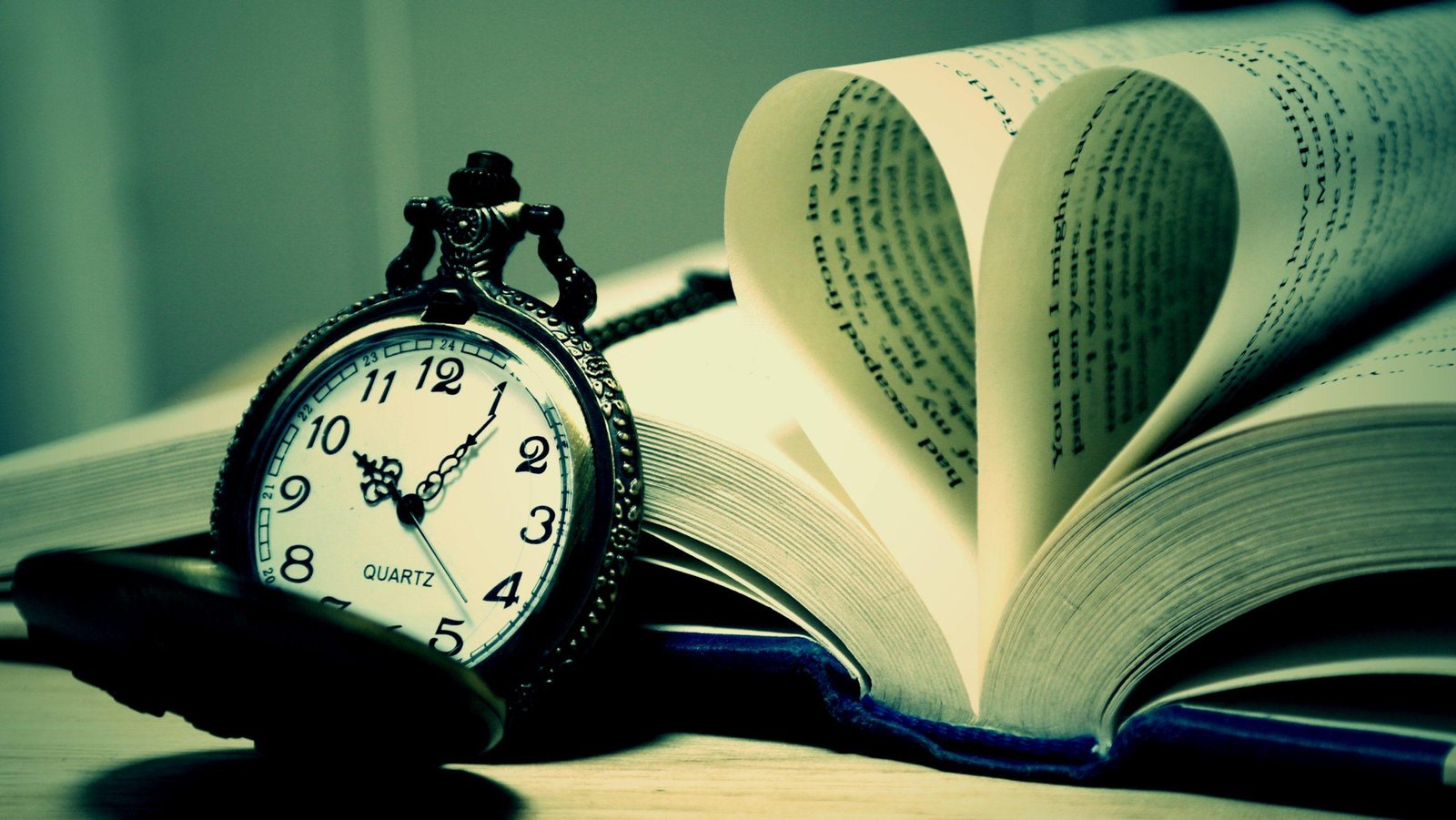We all are looking at the past. If we are talking scientifically, then everything you are seeing right now. It was actually some time back in past. You are not looking at the present. we are living in the past.

The most easily understood example is to look at the stars. Because stars are millions of light-years away. We are looking at their past right now.
The closer the object, the closer we are to its current present. So if you are staring at the screen of your laptop or phone, let’s say it is 30 centimeters away. So you are technically staring at the screen at 0.000000001 seconds in the past.
Okay, don’t take your face closer to the screen. It doesn’t matter how close you are to the object, we can never be at the present.
So the distance and time are proportional. Because the speed of light is constant.
That’s basic science, the science of the universe.
But if we look closely, then all our senses work in the same way. They are sensing the past. We are actually living in the past. Literally.
Let’s take each of our senses one by one.
Sight
As we discussed the laptop screen you are looking at right now is 30 centimeters away is actually 0.000000001 seconds in the past.
Because the speed of light is approximately 300000000 meters per second.
Hearing
The hearing has its own constraints. As the speed of sound, and even the speed of light is different in different mediums. So it depends on the medium.
But in the air, the speed of sound is 343 meters per second.
That means if you and your friend are standing one meter away and talking to each other.
What you are hearing, is said by your friend 0.0029 seconds in the past.
So you are listening to his/her past. Literally.
That delay is really unnoticed for all of us. For us, this is our present.
Touch and taste
These two sense requires the touch of the thing with skin or tongue, that’s where our neurons play a vital role. The nerve impulse travels at a speed of 120 metres per second.
So let’s say you are 150 cm tall, and your toe is stuck to the chair. So your brain knows it like 1.25 0.0125 seconds later.
So your brain is telling you, “Ouch your foot got hit by a chair in 0.0125 seconds in the past.”
Still in the past.
Same for the tongue, let’s say if the tongue is sending the signal at the same speed. We are tasting our food in past.
Smell
Smell has the same, the olfactory bulb detects the smell and is sent to the brain as a series of nerve impulses.
That’s why you are smelling the past of the food. It depends on the temperature of the food. Hotter food particles reach the nose faster.
Like if we take the speed of the water molecule at 100 degrees Celcius it is around 660 metres per second. So if the soup is preparing at a distance of 10 metres from you in the kitchen, then you are smelling the soup in 0.015 seconds in the past.
We are smelling in the past.
This is what if we are excluding the time to convert the signals into impulse and send it to the brain.
That’s just a rough sketch.
Conclusion: We are living in the past
So our senses can only detect in the recent past. What happened just a fraction of seconds ago. That’s why we are living in the past.
But as per our event of simultaneity concerns, our senses think that it happens at the same time if the time difference is 0.10 seconds or less.
If your friend waved at you, and 0.05 seconds after some other person waved at you. ( It seems you are popular, good going). Then you think both happened simultaneously. Then we think these events happened simultaneously.
Also read the article, “How to prepare a tea if you are omnipotent?”

